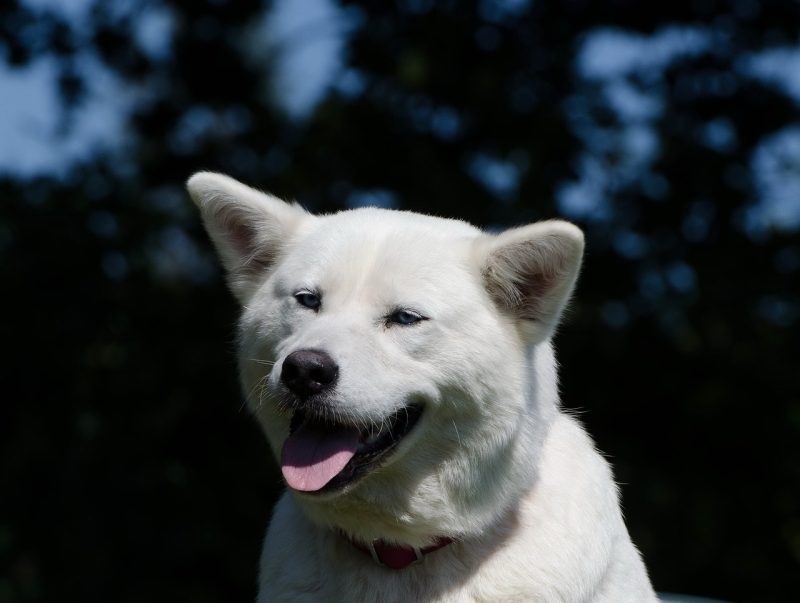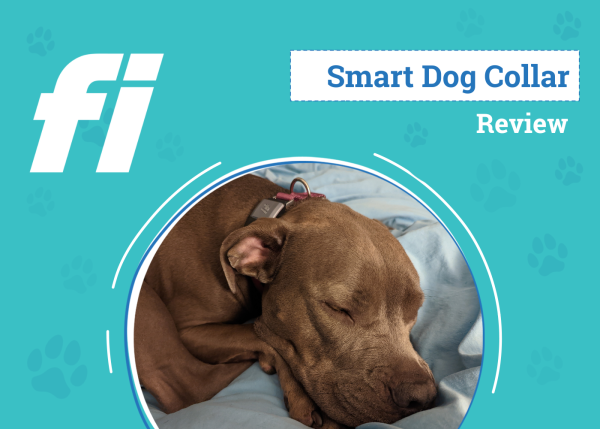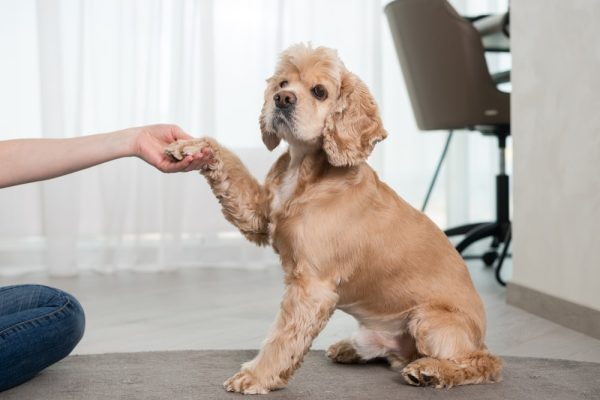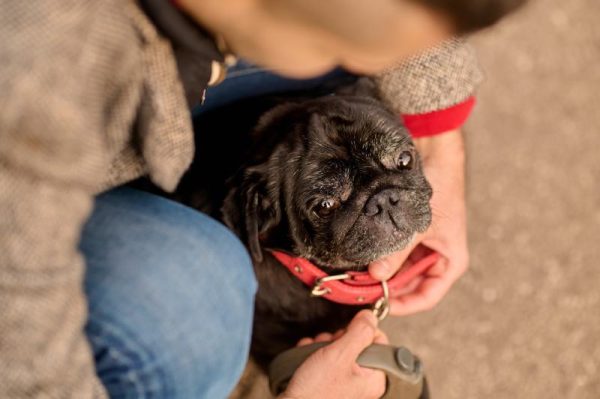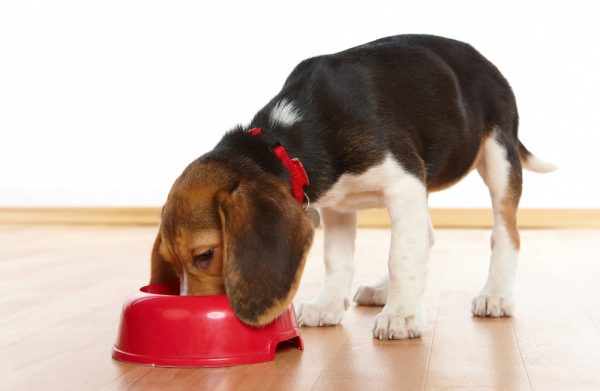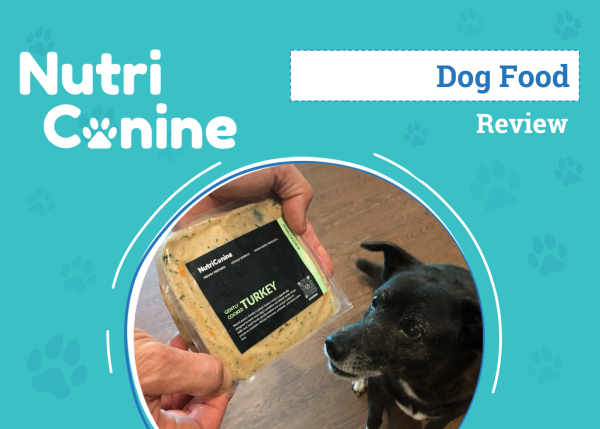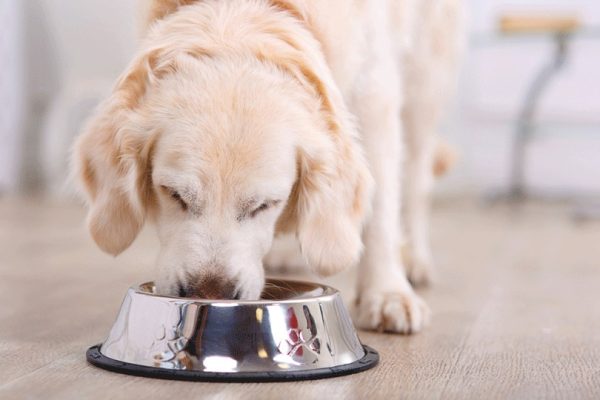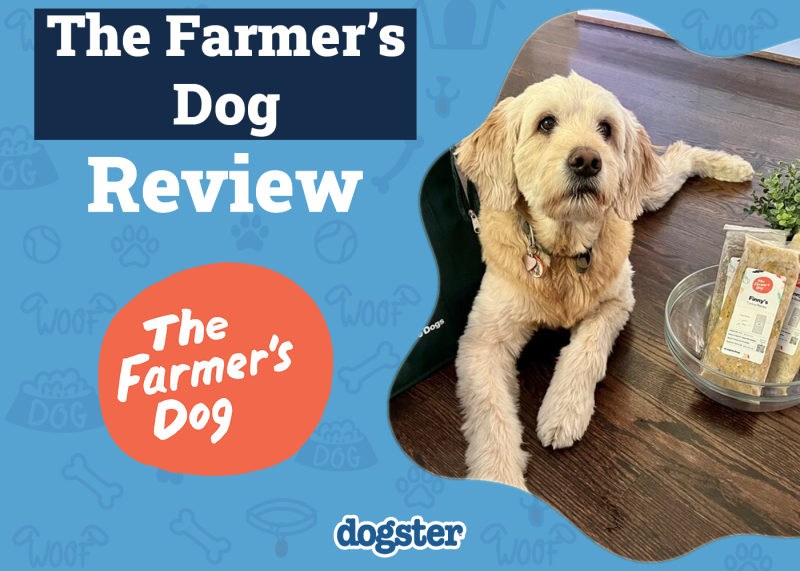Dachshunds, also affectionately known as Doxies, Wiener, or Sausage Dogs, were originally bred in Germany. Like so many breeds of dogs, they were evolved by humans to aid in hunting. In the case of Dachshunds, they were used for hunting badgers. Today, they come in two sizes: an already quite small Standard Dachshund and an even more diminutive Miniature Dachshund.
The two breeds are similar in every way except their size, and with very few exceptions, what can be said about the standard breed can also be said about the miniature one. Read on to learn more about these wonderful dogs and which one might be better for you.

Visual Differences

At a Glance
- Average height (adult): 7–12 inches
- Average weight (adult): 15–30 pounds
- Lifespan: 12–14 years
- Exercise: 60 minutes a day
- Grooming needs: Depends on coat type but generally moderate
- Family-friendly: Yes
- Other pet-friendly: Generally good with dogs; other pets must be socialized
- Trainability: Stubborn and rebellious, must be socialized and trained
- Average height (adult): 4–7 inches
- Average weight (adult): 10–12 pounds
- Lifespan: 13–16 years
- Exercise: 30 minutes a day
- Grooming needs: Depends on coat type but generally moderate
- Family-friendly: Yes
- Other pet-friendly: Generally good with dogs; other pets must be socialized
- Trainability: Possibly even more stubborn, needs to be socialized and trained

Dachshund Overview
We get the word “Dachshund” from German, meaning “badger dog1.” Dachshunds were developed over centuries to pursue badgers underground into their set to dispatch them. A large badger set could have 100 meters or more of tunnels, so the dogs had to be small to move about underground and tenacious to tackle their well-armed and large prey. By the 1900s hunting with dogs was falling out of fashion, and Dachshunds became companion dogs. Their intelligence and fierce loyalty, combined with their short legs and long bodies, make them both adorable and great companions. Even though they may look too cute to be tough, their tenacity has earned them respect as fearless hounds.
Dachshunds have been bred to either have smooth, long, or wiry coats and come in a wide variety of colors, with the most common being red and the next most common color being black and tan. Dachshunds are still very popular dogs, and in 20123 they ranked as the 6th most popular dog in the United States2.
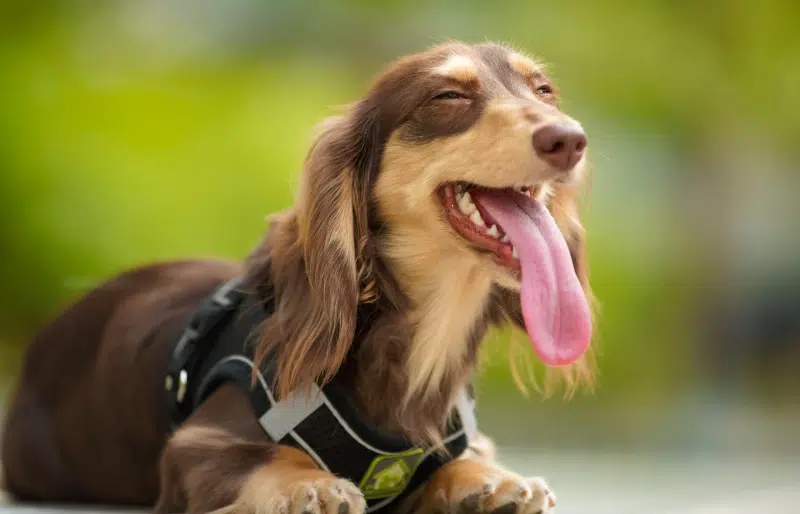
Personality & Character
The tenacity and determination that saw Doxies hunt badgers remain part and parcel of the breed today. In general, Dachshunds are not aggressive due to their small size and ability to be easily trained. Very rarely, poor education or traumatic early experiences can occasionally create a feisty Dachshund. Overall, they tend to be friendly dogs.
Additionally, Doxies are headstrong, playful, and even mischievous at times, so be prepared to be charmed—and sometimes exasperated. In some cases, Dachshunds might be possessive and jealous of their owners, though this isn’t always the case. It is, however, common for them to be very vocal dogs, and at times, their barking can be a nuisance.
Exercise
Dachshunds are considered medium-energy dogs that need a modest amount of exercise. This translates to about 60 minutes a day of walking and playing with some short bursts of energy. With their short, stubby legs, they are never going to be into long-distance running; they are more of a high-intensity interval training type of dog that enjoys quick sprints. Over short distances, Dachshunds can get up to a respectable 15–20 miles per hour—more than enough to push you to keep up.
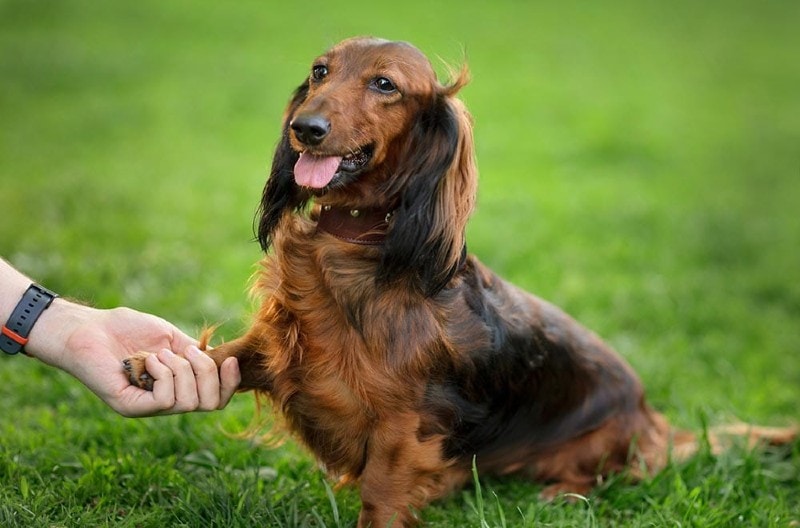
Training
Training a Dachshund can be an incredibly rewarding experience for any pet owner. With their high energy levels and strong personalities, a well-trained Doxie is sure to provide years of laughter and companionship.
When approaching the task of training your new pup, it’s important to remember that consistency is key. Set up a daily routine for your dog that includes meals, potty breaks, walks, and playtime. Establishing a consistent routine will help your dog learn quickly and easily adjust to his new family’s lifestyle. In addition to establishing a daily routine, teaching basic commands such as “sit” or “stay” are essential components of successful Weiner Dog training.
Health & Care
Owners must provide regular check-ups with a veterinarian to ensure their Doxie is healthy and up to date on all necessary vaccinations. But there’s more to caring for a Dachshund than just vet visits; owners should also stay aware of any changes in behavior or appetite, as well as perform daily grooming rituals, such as brushing their coats and trimming nails.
A balanced diet is also essential for the Sausage Dog’s well-being, so owners should make sure to feed them the right amount and type of food. Exercise is an important part of any pet’s life, so it’s important that owners give their pup plenty of opportunities to get out and move around.
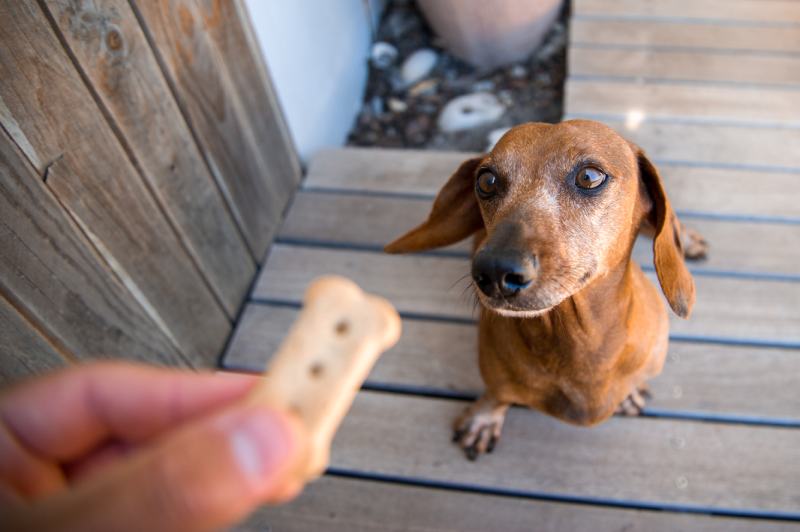
Suitable For:
As long as they can still be taken outside daily for exercise, Dachshunds are the perfect size for families with small homes and limited space. And if they have been properly socialized at the correct age, their intelligence and love of people make them good for families with children.

Miniature Dachshund Overview
The Miniature Dachshund is an almost perfect example of a miniature breed: identical to the standard Dachshund in almost every way, but smaller. They are about half the size and body weight of the full-size breed. Miniature Dachshunds started appearing at the end of the 19th century when Dachshunds were transforming from hunting dogs into companions. It was logical that a smaller dog would be bred as an alternative to the standard Dachshund and would become a firm favorite as a small companion dog.

Personality & Character
Miniature Dachshunds are a lively, spirited breed that can be both entertaining and endearing. These pint-sized pooches have affectionate, playful personalities, making them ideal companions for owners of all ages. Whether you’re looking for a loyal lap dog or an energetic explorer, this breed is sure to please.
The Miniature Dachshund has long been known as the ‘big dog in a small package’ because their personalities often reflect those of larger breeds. They are known to be brave, bold, and independent—traits that can sometimes lead them into trouble! But with proper socialization and training, they can learn how to get along in any situation. Miniature Dachshunds also love to cuddle and are devoted companions who form strong bonds with their owners.
Exercise
You might think that being a small dog Miniature Dachshunds would be a good house dog that would sit around all day and not need exercise, but you’d be wrong. They are full of energy, and like their larger brethren, they need to burn it off every day. The guidelines of 30 minutes a day probably won’t suffice for a younger dog full of life. Being so intelligent, they need mental as well as physical stimulation to tire them out. So, in addition to moderate-length walks in the morning and evenings, they benefit from additional playtime.
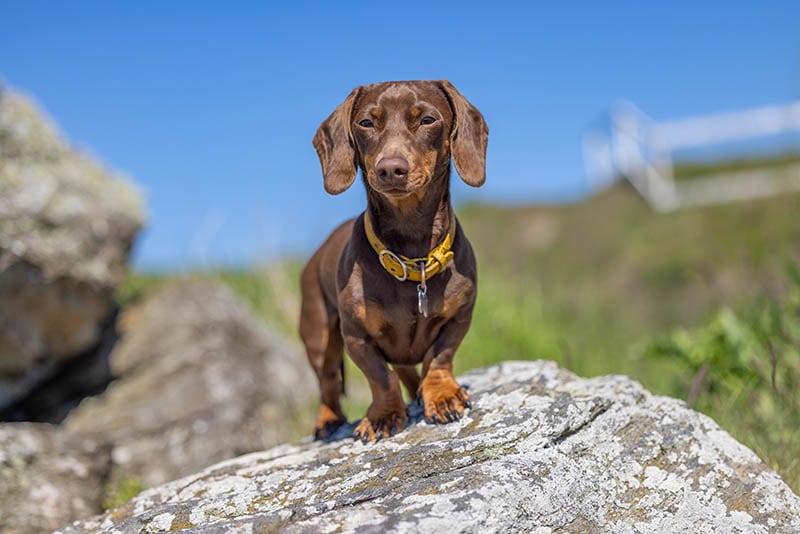
Training
These spunky little pups are highly intelligent and can be trained to do some incredible things. With the right kind of training and a little bit of patience, you can teach your Miniature Dachshund tricks that will both entertain you and give them confidence in their abilities. Training Miniature Dachshunds begins with a few basic commands.
As they progress in their training, more complex commands such as agility obstacles or tricks like catching treats out of the air can be added. Positive reinforcement methods, such as providing praise or treats for following commands, is key for successful training because these dogs thrive on love and attention!
Suitable For:
Miniature Dachshunds are a perfect fit for any family looking for an energetic, loyal, and loving companion. Although they are little, there is a lot to love about them. These adorable dogs come in three types—short, long, and wirehaired—making them suitable for a variety of lifestyles. And they really are reduced in size. The miniature version of the Dachshund is one of the smallest dog breeds around, weighing between 8–11 pounds and standing no taller than 9 inches at the shoulder. This makes them a perfect size for smaller homes. Even a studio apartment has room for one of these lil’ darlings.
Miniature Dachshunds are often praised for their intelligence, curiosity, and adaptability to new environments. Their cleverness and love of troublemaking know no bounds. They make great family pets as they have a friendly temperament and love to cuddle up with their owners when it’s time to relax.

Conclusion
The main differences between Dachshunds and Miniature Dachshunds are their size and the amount of exercise they need. Otherwise, these dogs are quite similar. Both breeds are smart and intelligent with big, tenacious, sometimes mischievous personalities. There’s a lot to love about both types.
With all this in mind, which breed you choose depends on the amount of space you have, the amount of time you want to spend walking your dog every day, and whether you want a toy breed or not. You can’t really go wrong. The smaller your home and the less time you have for exercise, the more you should consider a Miniature Dachshund over a Dachshund. However, as Dachshunds of all sizes like company, why not get both?
Featured Image Credit: Top – Regular Dachshund (Hayden Patmore, Unsplash) | Bottom – Miniature Dachshund (Dominika Roseclay, Pexels)




